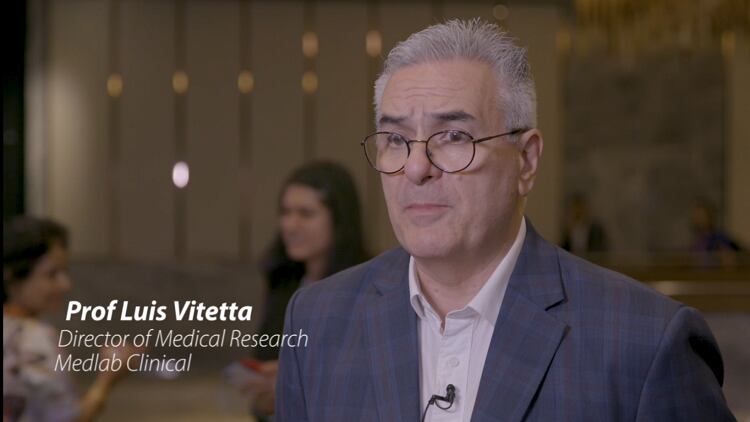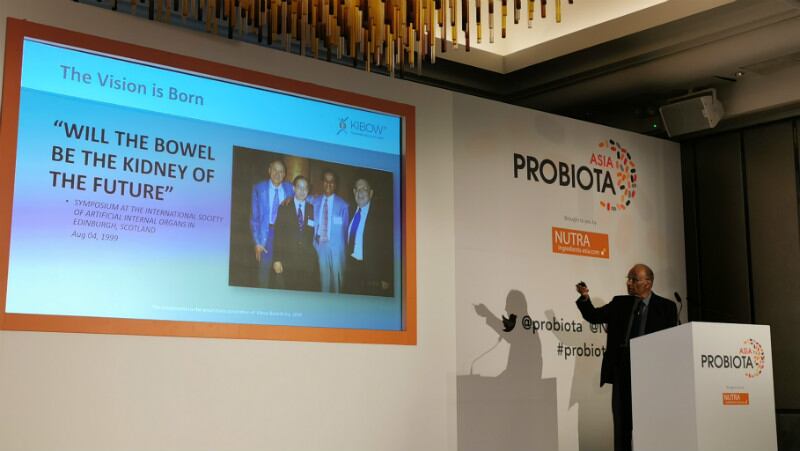The challenges were discussed by regulatory expert Lilian Fan, from Antion China, who was speaking on the topic “Current Situation and development trend of probiotic food in China” at our Probiota Asia Summit held in Singapore recently.
According to a report released by China Chamber of Commerce for Import and Export (CCCMHPIE) in August, probiotics was one of the five fastest growing category, increasing at 10.2% last year.
However, the market is also not without its challenges. Below are six points that the industry should be aware of.
1. Different definition
In China, the meaning of probiotics is different from the FAO/WHO standards, and is not as clearly defined, which might result in labelling and advertising challenges.
According to FAO/WHO, probiotics are live micro-organisms which when administered in adequate amounts, confer a health benefit on the host.
Whereas in China, according to the Probiotics Health Food Review Regulations, probiotic health food refers to “a micro-ecological preparation that can promote the ecological balance of intestinal flora and has a beneficial effect on the human body.”
The probiotic species must be a member of the normal flora of the human body, and its live bacteria, dead bacteria, and that its metabolites can be utilised.
To address the issue, Fan pointed out that the authorities had proceeded with a public consultation for the “Probiotics Health Food Application and Review Regulations” this year.
In it, probiotics are stated as “living micro-organisms that are beneficial to the health of the host when ingested in sufficient quantities,” which are more closely mirrored to the FAO/WHO standards.
2. Market understanding
In some countries, such as Japan and South Korea, the industry’s knowledge of probiotics are increasingly diverse, with acknowledgement of its benefits other than gut health. However, this is not the case in China.
Fan pointed out that although Chinese consumers’ awareness of probiotics was increasing, most still associated it with its ability to regulate the intestinal flora, which was also the case for the industry.
Other benefits that consumers are familiar with are also related to gut health, such as facilitating digestion, and protecting the gastric mucosa.
About 31% associate probiotics with other functions, according to Fan.
3. Compliance
The industry’s compliance towards the country’s regulations was pointed as a problem present in the industry.
Fan said that some companies had used false or exaggerated statements to make health claims that are beyond the product’s actual functions.
4. Product formats
Many popular applications seen in overseas, such as probiotic shots, cannot be sold as a type of normal foods in China, which might restrict the ability of certain firms to offer their products.
At present, about 47% of the probiotics end-products available in China are available in powder form, followed by capsule (27%), liquid (11%), milk and yogurt (9%), and tablet (6%).
She added that most firms would prefer to sell probiotics in the form of solid beverage.
This is because it is easier to fulfil production requirements, the products can be kept in room temperature, and can be stored and delivered at ease.
5. Species
The types of bacteria species that can be used is another issue to take note of.
She pointed out that as compared to other markets, the bacteria species that could be used in China was limited.
For health food, food, and infant food, each of these categories has a different list of bacteria species approved for used, and except for infant foods, the lists for the other two categories have not expanded for the past 18 years.
If firms propose to market the use of a new species, they will need to go through the process of normal food ingredient application, which is an arduous procedure that requires money and time.
Moreover, the fact that no bacteria is in the raw materials directory means that probiotic product cannot go through the filing process, and can only go through the more stringent “blue-hat” registration process, if they were to be sold in brick-and-mortar stores.
Till date, probiotics only made up a small fraction of “blue hat” products. Out of the 17,600 registered health food, only 124 are probiotics products.
As such, most firms are entering the market solely via the cross-border e-commerce route, which is something that Fan advised against, as there might be sudden regulatory changes to the cross-border e-commerce as in the case seen in 2017. As such, also having a retail presence would be safer.
With the Chinese authorities conducting research on the probiotics that could be placed in the raw materials directory, she said that there was still hope that probiotics could enter retail market via the filing process.
Some examples being studied include Bifidobacterium bifidum, Lactobacillus reuteri, and lactobacillus rhamnosus.
“The trend is, the species that are widely used in other countries, the application materials and application process might be simpler,” she said.
6. Claims
At present, there are 27 health foods claims approved in the positive list, however, most are not in line with the functions that probiotics can provide – another challenge that Fan had pointed out.
She said that however, the authorities, in this case, China’s State Administration for Market Regulation (SAMR) had recently allowed individual firms to present their set of evidence for proving a certain health claim. The authorities will then assess and determine if the evidence and claims are valid.





